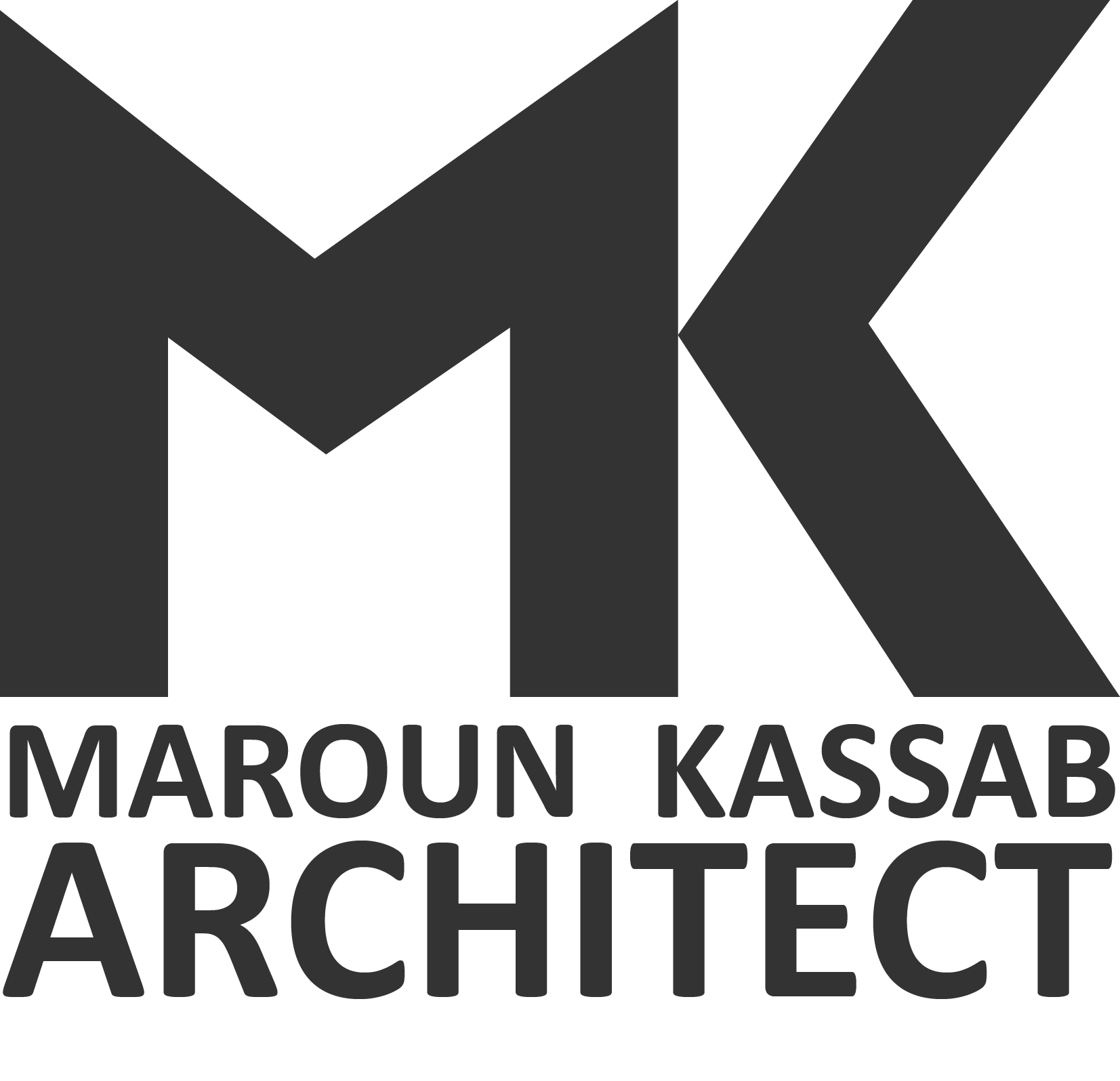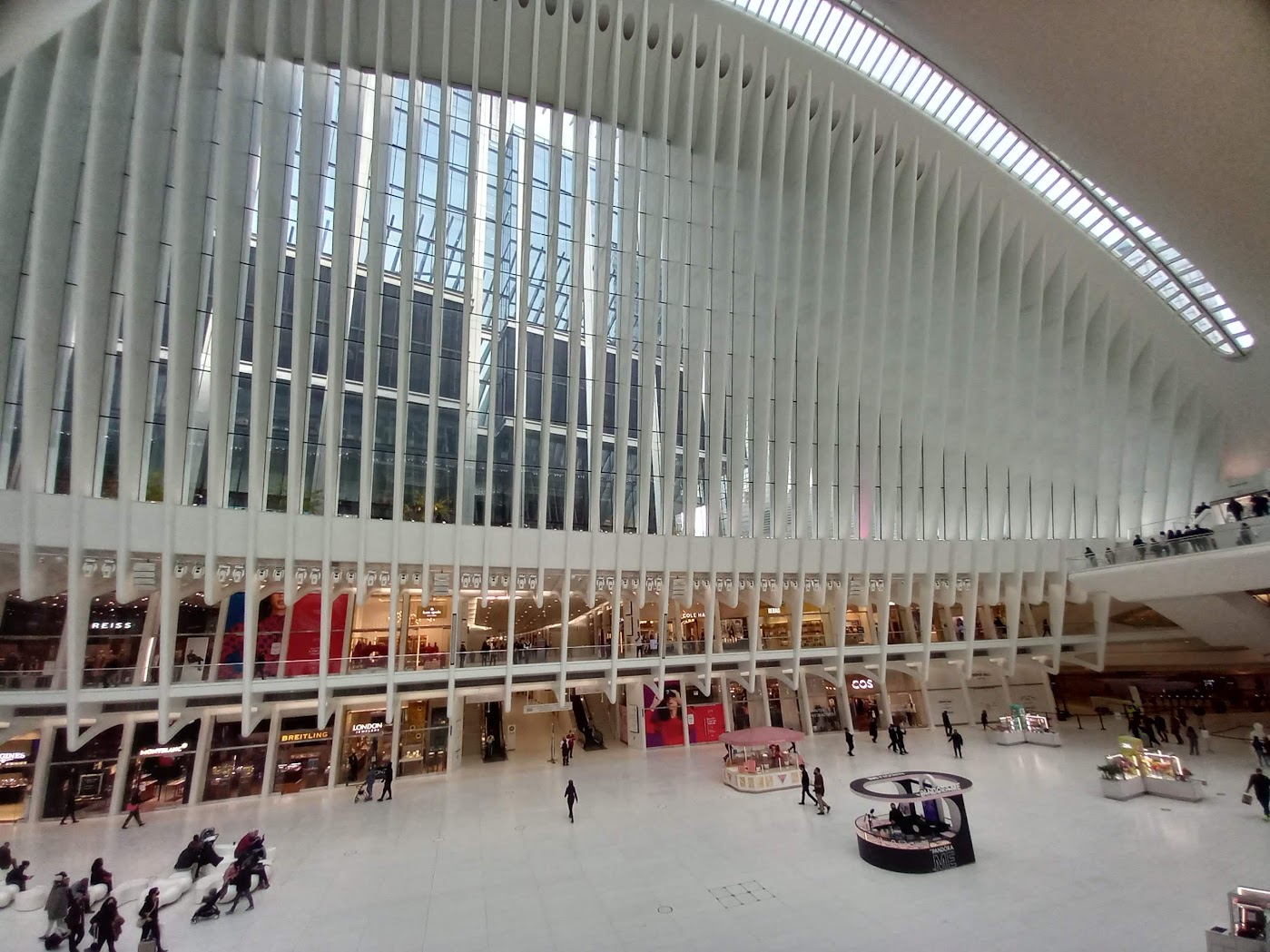While working on a project at the Oculus in NYC, I began contemplating the intricate relationship between architecture and building. This issue has long preoccupied architectural theorists, including Kenneth Frampton, who in his article “On Reading Heidegger” points out that a satisfactory distinction between the two has yet to be made.
Traditionally, in early architectural literature, architecture referred to the design and planning of buildings and other structures, as well as the study of the principles and elements that comprise these structures. It encompasses both the aesthetic and functional aspects of building design, considering form and function in the creation of a structure. In contrast, building refers to the actual physical structure constructed based on the architect’s plans and designs. A building can range from a simple residential home to a complex commercial structure, but it is always a tangible, physical entity.
In other words, architecture is the process of creating and designing a building, while the building itself is the result of that process. Architecture considers the broader context of the structure, including cultural, social, and historical influences, while building refers more specifically to the physical structure itself.
However, not every building can be considered a work of architecture. While all buildings are physical structures, not all are designed with consideration for aesthetics, cultural context, and functional aspects that define a work of architecture. A building can be functional and serve its intended purpose, but it may not be considered a work of architecture if it lacks aesthetic or cultural significance, or if it does not incorporate the principles and elements of design central to architecture.
A work of architecture, on the other hand, is a carefully planned and designed structure that integrates all these aspects into a cohesive whole. It is a deliberate creation intended to enhance the human experience and contribute to the cultural and aesthetic landscape of a community. In short, a building can be functional, but it is only considered a work of architecture if it meets the standards of design and aesthetic excellence associated with the field.
The transformation of architectural theory from structuralism to deconstruction and phenomenology introduced a level of complexity that pushed these ideas in different directions. For example, deconstruction challenged traditional notions of structure and order, emphasizing fragmentation and non-linear processes, while phenomenology focused on human experience and perception in architectural spaces. Today, we are still grappling with these evolving definitions of architecture.
Perhaps we still have not evolved beyond the three pillars of architecture according to Vitruvius: firmitas (durability), utilitas (utility), and venustas (beauty). These fundamental principles continue to underpin our understanding of what defines architecture, even as contemporary theories expand and challenge these notions.

